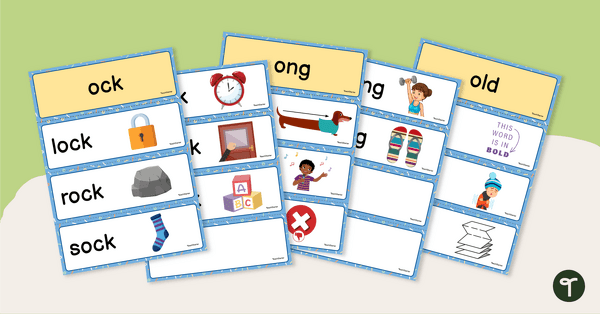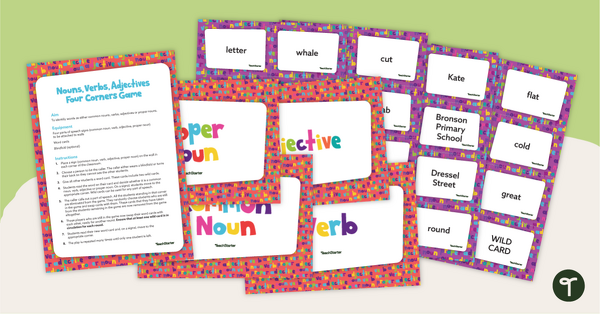Year 8
The English curriculum is built around the three interrelated strands of language, literature and literacy. Teaching and learning programs should balance and integrate all three strands. Together, the strands focus on developing students' knowledge, understanding and skills in listening, reading, viewing, speaking, writing and creating. Learning in English builds on concepts, skills and processes developed in earlier years, and teachers will revisit and strengthen these as needed.
In Years 7 and 8, students interact with peers, teachers, individuals, groups and community members in a range of face-to-face and online/virtual environments. They experience learning in both familiar and unfamiliar contexts that relate to the school curriculum, local community, regional and global contexts.
Students engage with a variety of texts for enjoyment. They listen to, read, view, interpret, evaluate and perform a range of spoken, written and multimodal texts in which the primary purpose is aesthetic, as well as texts designed to inform and persuade. These include various types of media texts including newspapers, magazines and digital texts, early adolescent novels, non-fiction, poetry and dramatic performances. Students develop their understanding of how texts, including media texts, are influenced by context, purpose and audience.
The range of literary texts for Foundation to Year 10 comprises Australian literature, including the oral narrative traditions of Aboriginal and Torres Strait Islander Peoples, as well as the contemporary literature of these two cultural groups, and classic and contemporary world literature, including texts from and about Asia.
Literary texts that support and extend students in Years 7 and 8 as independent readers are drawn from a range of realistic, fantasy, speculative fiction and historical genres and involve some challenging and unpredictable plot sequences and a range of non-stereotypical characters. These texts explore themes of interpersonal relationships and ethical dilemmas within real-world and fictional settings and represent a variety of perspectives. Informative texts present technical and content information from various sources about specialised topics. Text structures are more complex including chapters, headings and subheadings, tables of contents, indexes and glossaries. Language features include successive complex sentences with embedded clauses, unfamiliar technical vocabulary, figurative and rhetorical language, and information supported by various types of graphics.
Students create a range of imaginative, informative and persuasive types of texts, for example narratives, procedures, performances, reports and discussions, and continue to create literary analyses and transformations of texts.
(source: www.australiancurriculum.edu.au)
Achievement Standard
Receptive modes (listening, reading and viewing)
By the end of Year 8, students understand how the selection of text structures is influenced by the selection of language mode and how this varies for different purposes and audiences. Students explain how language features, images and vocabulary are used to represent different ideas and issues in texts.
Students interpret texts, questioning the reliability of sources of ideas and information. They select evidence from the text to show how events, situations and people can be represented from different viewpoints. They listen for and identify different emphases in texts, using that understanding to elaborate on discussions.
Productive modes (speaking, writing and creating)
Students understand how the selection of language features can be used for particular purposes and effects. They explain the effectiveness of language choices they make to influence the audience. Through combining ideas, images and language features from other texts, students show how ideas can be expressed in new ways.
Students create texts for different purposes, selecting language to influence audience response. They make presentations and contribute actively to class and group discussions, using language patterns for effect. When creating and editing texts to create specific effects, they take into account intended purposes and the needs and interests of audiences. They demonstrate understanding of grammar, select vocabulary for effect and use accurate spelling and punctuation.
(source: www.australiancurriculum.edu.au)
- Plus Plan

Word Families Sorting Activity – Short O
Use these word families flashcards to help familiarise your students with words that contain the short o vowel sound.
- Plus Plan

Short I Word Families Flashcards
Use these word families flashcards to help familiarise your students with words that contain the short i vowel sound.
- Plus Plan

Nouns, Verbs, Adjectives – Four Corners Game
Identify common and proper nouns, verbs and adjectives through this elimination-style types of words active game.